…and temper the responsibility with humor.
Freedom Mezuzah
We were slaves in Egypt, imprisoned and forced to build the temples and mausoleums for Egyptian Gods and Pharaohs. The pyramid shape and hieroglyphics texture represents this. The doorway recounts the connection between the lamb’s blood on the lintel and door posts of the Israelite homes in Egypt on the night of the exodus, protecting the Jews from the 10th plague– the killing of the firstborn in Egypt. The Ten Commandments are represented at the top of the piece, the ultimate prize for the Children of Israel. Inside, the Hebrew script texture provides a safe and loving home for the scroll. For me, the Jewishhome is the most important element in my life and my art.
This mezuzah, unlike most traditional Mezuzot, opens and unlocks, from the front, thereby allowing one to free the scroll from its home and examine or study the text inside.
Rachel Kranzberg Miller
St. Louis, Missouri
www.rachelmillerartist.com
The New Passover Haggadah
Take my book in your hands and discover the feast of colors and forms – celebration of freedom, optimistic air and feeling of the holiday around the Seder table, page after page, color festivity even in the dramatic moments in the story like “Blood and Fires” or crossing the Red Sea, or the exploding spring feelings in the colorful expression of the letters of the word “Pesach”.
Asher Kalderon
Tel Aviv, Israel
www.akalderon-arts.com
Path To Freedom
I am a fused glass artist, enamelist, and metal smith from the St. Louis area. My eclectic, hand fabricated pieces often combine several different mediums to complete a unique work of art. An artist for the past eight years, I have taught in different studios in the St. Louis area. My Louisiana southern roots, love of the sea, and my Jewish heritage inspire my playful pieces.
This special seder plate, The Path of Freedom, represents the Jewish People’s exodus from Egypt. Copper, glass and pencil combine to produce this inspirational piece.
Karen Cohen
St. Louis, Missouri
The George Clooney Pillow
The pillow at the seder represents the culmination of the freedom process, as opposed to slaves who are forced to perform back-breaking labor, the free man/woman is commanded to relax at the seder.
During the Seder, while reciting special blessings, we traditionally lean into a comfortable pillow thus expressing with our words and actions the very essence of the feeling of freedom.
And what better added incentive to encourage the ladies to lean, than having George Clooney beckoning to join him?
Elijah’s Cup Holder
Tradition tells us that Elijah the Prophet will proclaim the arrival of the Messiah and our final redemption. His cup at the Seder represents the last expression of freedom from slavery that is mentioned in the Exodus story.
At a bris (circumcision), the baby is cradled in the lap of the sandek (godfather) as he sits in the Chair of Elijah. Here Elijah welcomes the baby into the folds of the Jewish nation, and at the Seder Elijah closes that circle by escorting the Jewish people to their ultimate freedom.
So it is only fitting to create a miniature Chair of Elijah upon which the Seder Cup of Elijah can rest upon.
Perforated Matza
During the Seder the leader is required to break one of the matzot into 2 pieces, one larger than the other.
Matza, of course, symbolizes the Jewish people’s hasty exit to freedom – not having the time for the dough to rise sufficiently to form bread.
In the spirit of making things as easy as possible for the “newly-freed” Seder participant, I have replaced the traditional straight perforated lines found on the matza, with helpful break-on-the-dotted-lines. This helps to eliminate the guesswork of where to break the matza as well as ending up with annoying crumbs and pieces.
Seder Washing Set
There are many things done at the Seder to prompt the young ones to notice and ask questions. One of them is the washing of our hands without reciting its traditional blessing.
Including the children in this manner ensures that the “freedom experience” is internalized by all – young and old.
Since this is such a unique break from tradition, I have commemorated it by designing a special “Only for the Seder — Wash and Dry Set.”
This highlights the intention of our Sages in expressing the very idea of being free and dining like kings and queens.
Benji Hershkowitz
Maale Adumim, Israel
“The Passover Clock” and “The Passover Game Board”
The “Freedom Game Board” and “The Passover Clock” were created as tools to teach the story of Passover. Together they introduce the question:
When does the story of freedom begin?
1. What does it mean if the story begins as the Freedom Game Board suggests with sibling rivalry and jealousy?
2. What does it mean if the story begins as the Seder Plate suggests with the thriving Israelite community in Egypt?
3. What does it mean if the story begins as the Haggadah suggests with “We were Slaves to Pharaoh in Egypt”?
4. And then stops and begins again-In the beginning our ancestors were idol worshipers?
And when does the story end?
1. What does it mean if the story ends when the Israelites receive G-d’s commandments at Mount Sinai?
2. What does it mean if the story ends when the Israelites bring offerings to the Temple in Jerusalem?
3. What does it mean if the Haggadah ends with the words “Next Year in Jerusalem”?
4. What does it mean when Jews and Palestinians begin their histories and claims to the homeland at different times?
How does a different beginning elicit nuanced understandings of freedom?
Donna Rosenberg, Sarah Wallis, and discussion by Naomi Fishman
St. Louis, Missouri
Finding My Home
I became a nomad as a child, moving from one boarding school to another. Traveling became a way of life for me. As an adult I traveled with the Foreign Service, moving from one country to another, from one state to another. For me this work encompasses the sadness, the joy and expectation of the traveler heading home… a lifetime journey through the brush-filled forest, finally returning to the roots called home.
Connie Swinson
St. Louis, Missouri

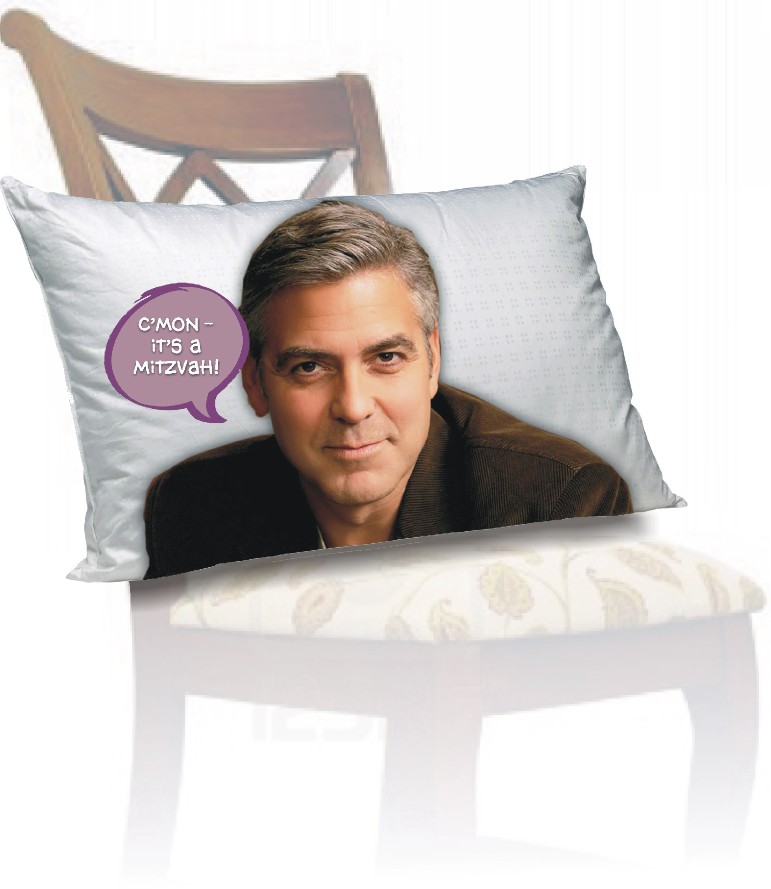
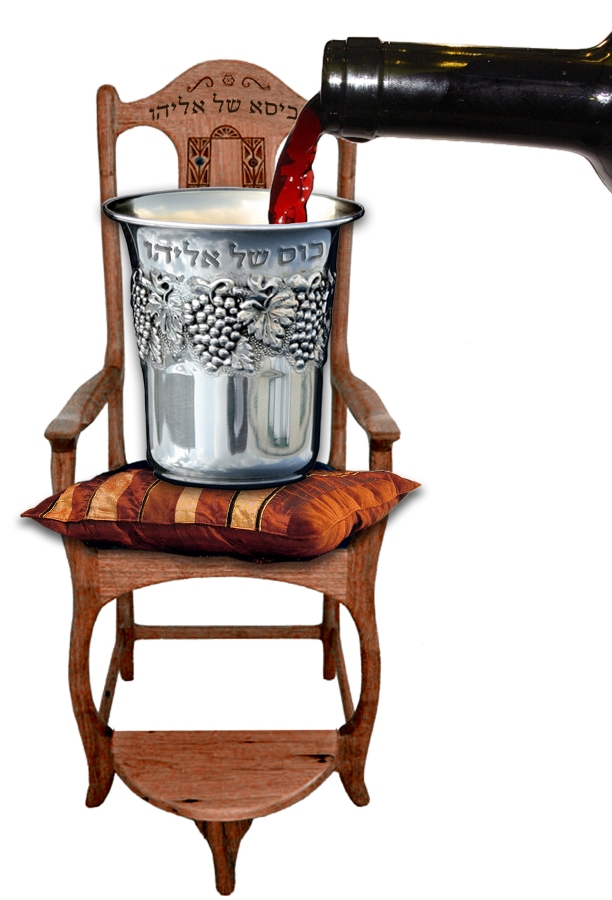

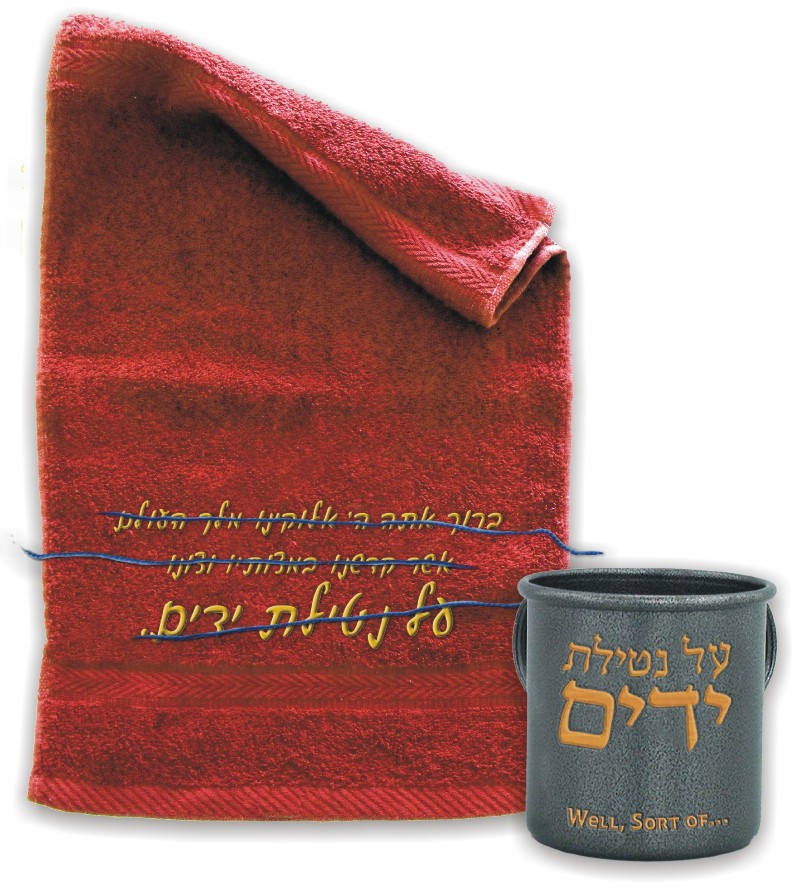
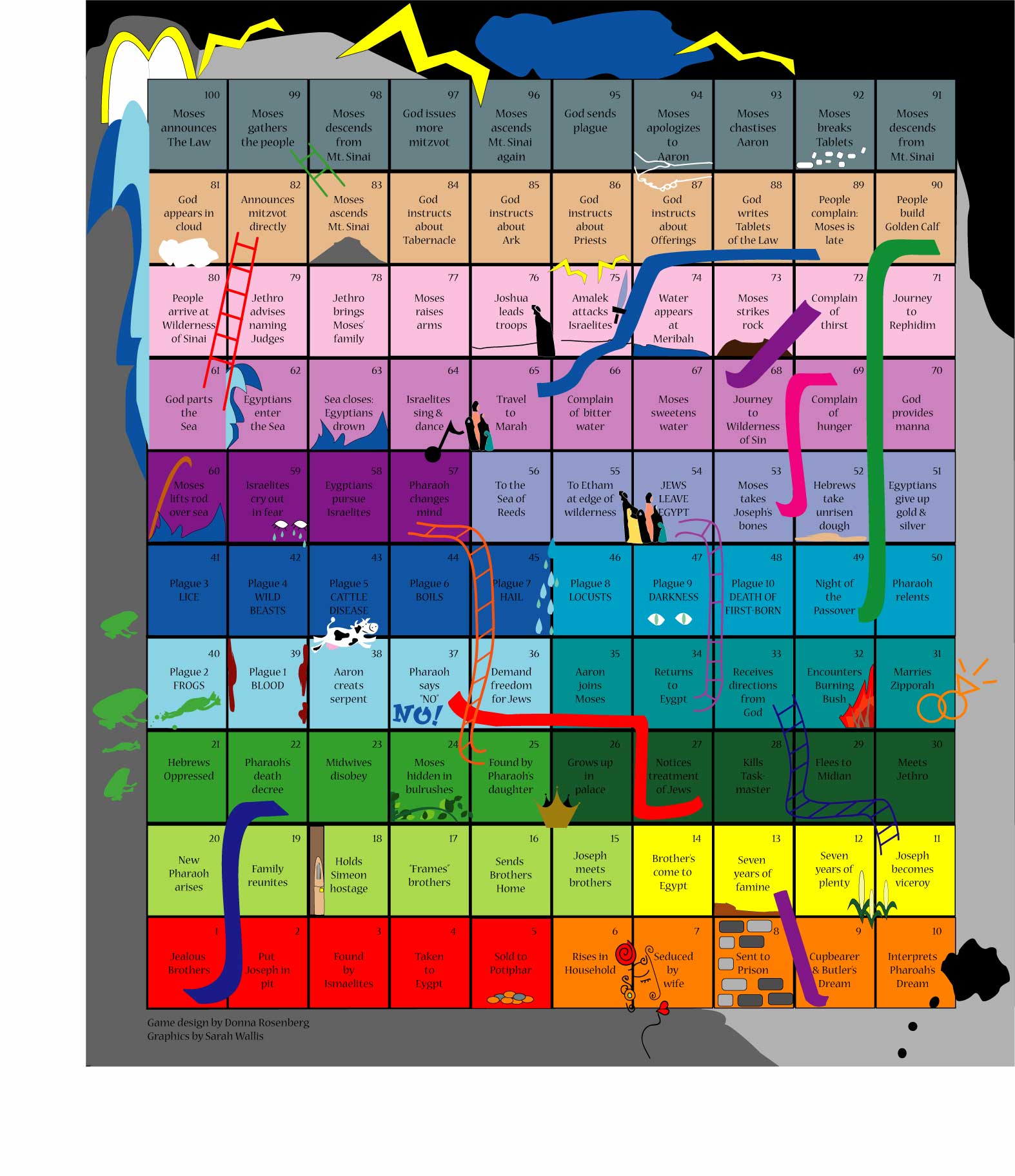
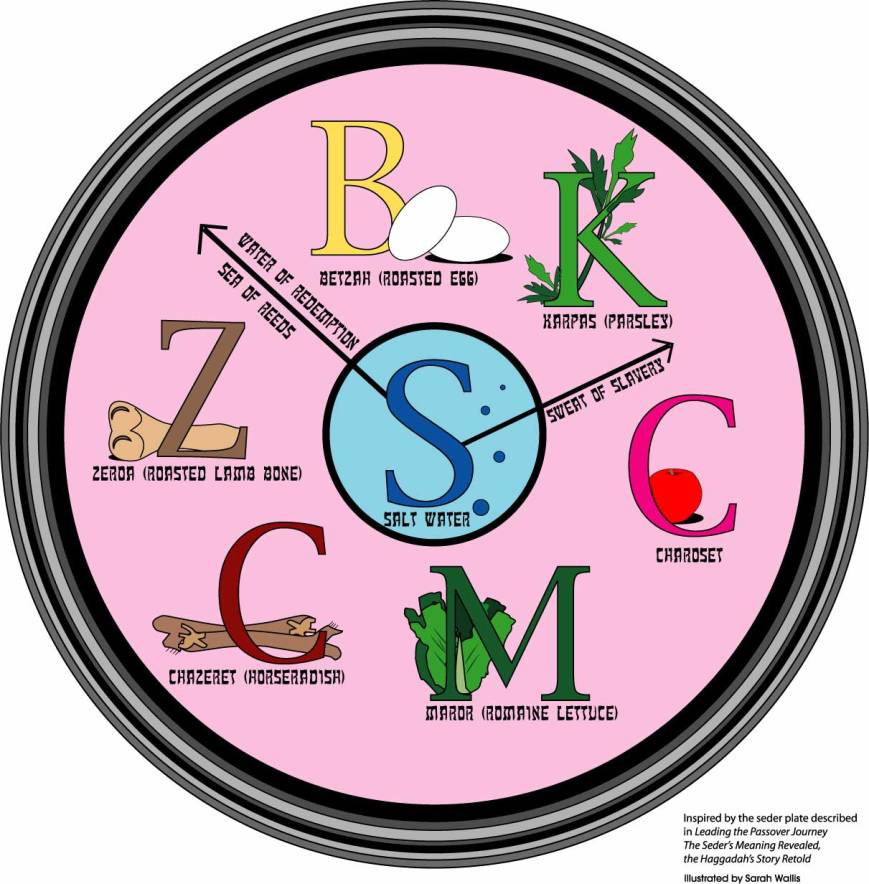

0 Comments